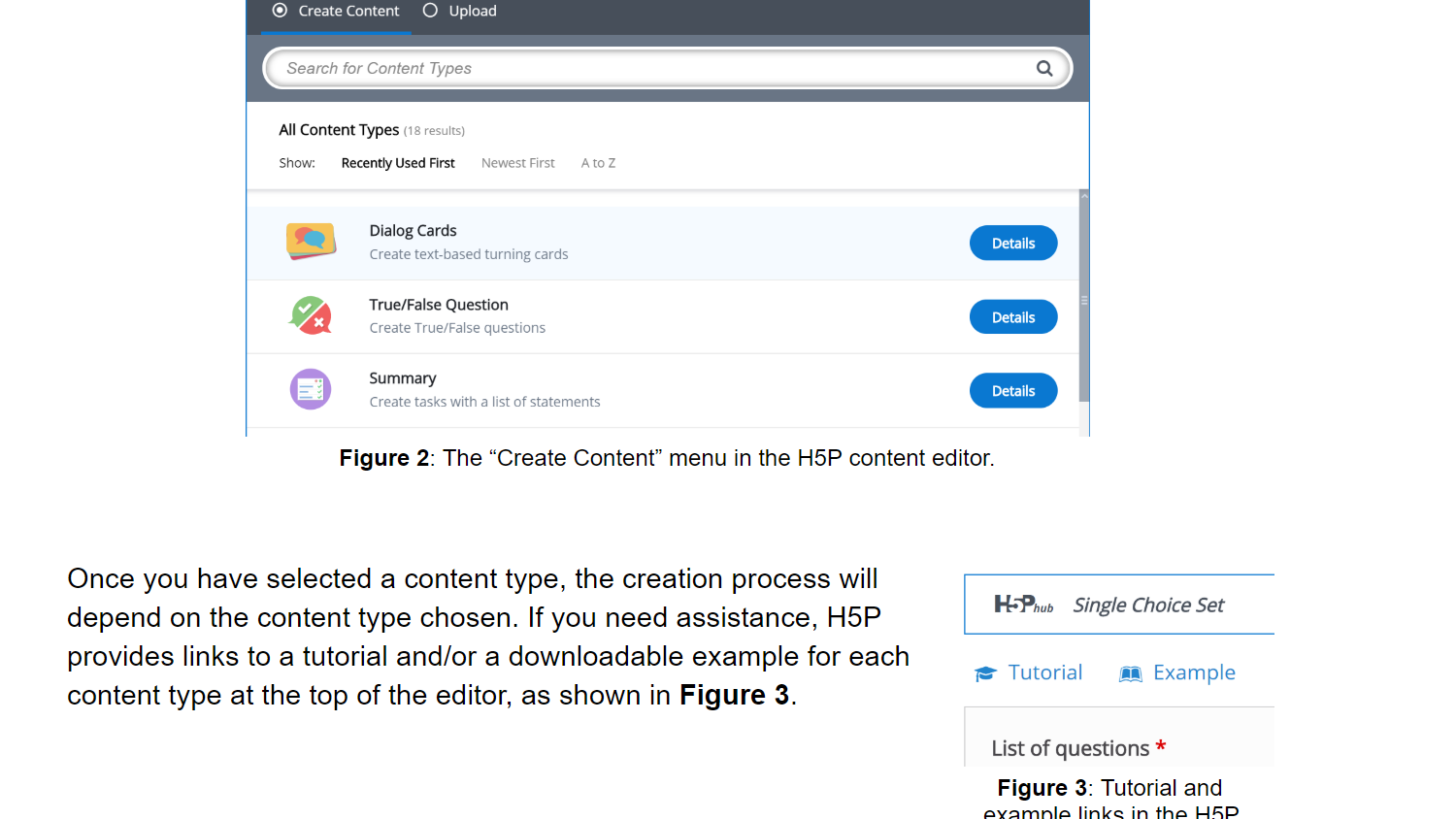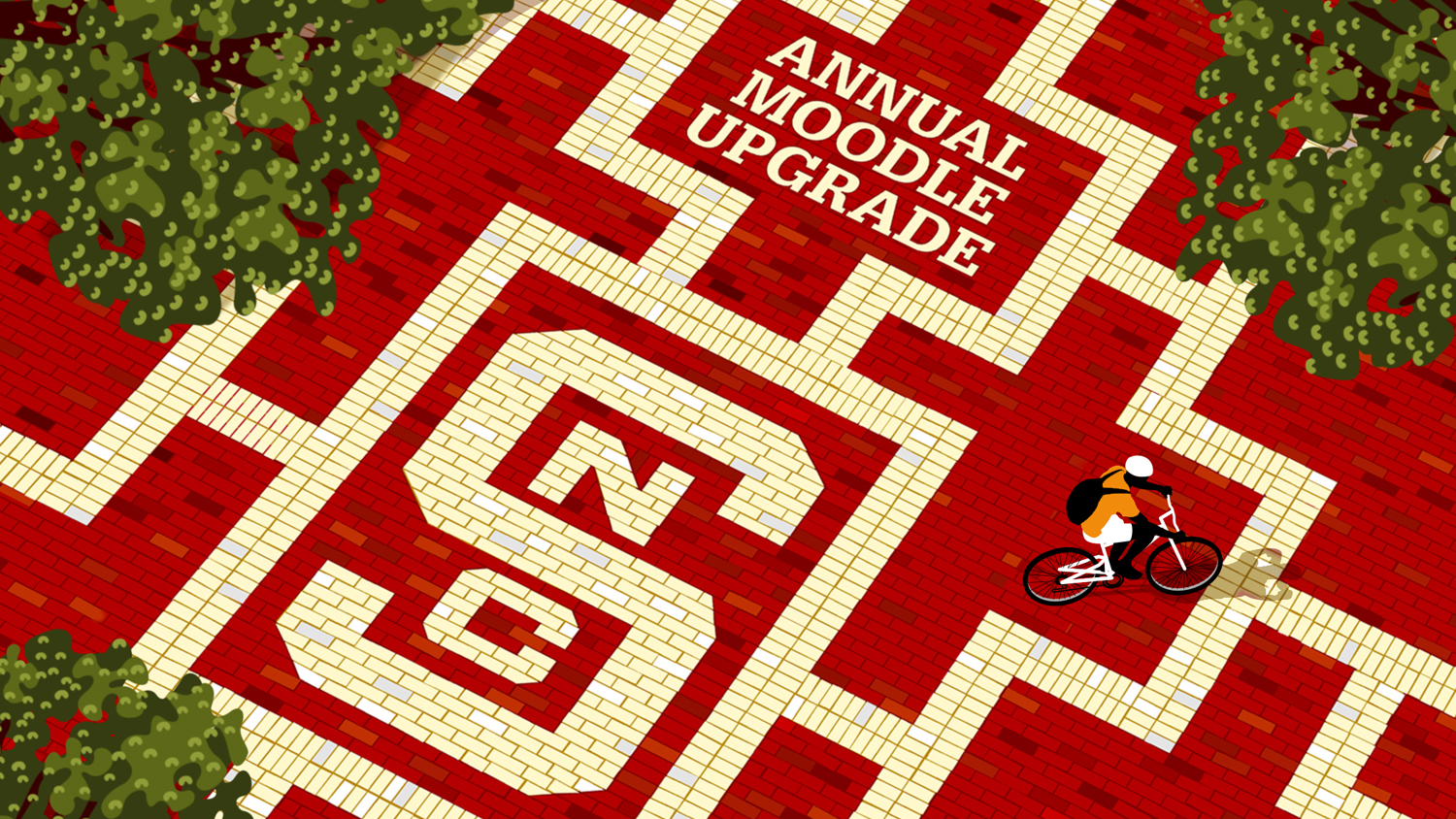DELTA Adds Documentation Resources

NOTE: This blog post was written by Kane Martin, technical writing intern for DELTA, and gives a (more or less) first-person account of his experiences.
This year, the DELTA communications team made a concerted effort to create documentation for a variety of technologies and processes.
This push was first spurred on by the training team and instructional designers for the Gamification plugin in Moodle. While attending a workshop for the plugin, Director of Instructional Innovation Services David Howard says he “noticed how much we needed a better description of what it did and how to use it. We had a few people who knew the plugin fairly well, but the only way to communicate that knowledge was in person. That limits the possible impact. Beyond that, if we wanted to release the Gamification plugin beyond NC State, we needed documentation.” This led to a collaboration by Howard, Communications Coordinator Sherry O’Neal and Associate Director of Instructional Technology Training Bethany Smith to interview several technical writing interns for the spring semester.
That’s where I came in.
Gamification Plugin for Moodle User Guide
My internship had a rough start—I called in sick on my first day and the university was closed due to snow on the second.
When I was finally able to start working on the first Friday of 2018, I conducted a one-on-one interview with Smith, who brought me up to speed on what the documentation needed to accomplish. Interviews with Lead Instructional Designer Cathi Dunnagan and the creator of the Gamification plugin, Business and Tech App Analyst Stephen Bader, took place the following week.
They oriented me to the plugin and shared their resources with me, which consisted mainly of presentation slideshows for Gamification plugin workshops. Over the next several weeks, I used their insights, the provided instructional materials and my very own Gamification plugin project space to create the Gamification Plugin for Moodle User Guide: a comprehensive manual on the principles behind the plugin, an overview of its features, and detailed instructions on its use.
Dunnagan said the user guide “makes it possible to share this resource with all NC State faculty, extending the innovation developed with faculty during multiple DELTA grants. When DELTA shares our NC State Moodle Gamification Plugin through [Moodle’s plugin directory], the entire world will benefit!”
NC State Book for Moodle User Guide
In late February, I started writing a user guide for the NC State Book module in Moodle with the help of PHP Web Developer David Lanier. The guide replaced previous documentation, which was located on Moodle and was not current with the latest version of the module.
Lead Instructional Technologist Yiling Chappelow considers the documentation an effective tool for teaching faculty how to use the module, “Kane’s work on the NC State Book documentation is valuable, and written in a way that is helpful for both experienced and novice users.”
H5P for Moodle User Guide
My next project, which began in mid-March, was a little different: rather than writing documentation for something DELTA had developed, I was writing about H5P, an open-source interactive content application developed by Norwegian company Joubel. The module was made available to NC State faculty this summer.
Working with Senior Associate Director of Applications Development Jeff Webster, Instructional Technologist Arlene Mendoza-Moran and others in DELTA and the H5P community, I created a user guide that educates faculty on how H5P can be used in Moodle and how it interacts with the gradebook. H5P already has excellent documentation on how it works in general, which I refer to in the guide.
While researching H5P, I corresponded with Svein-Tore Griff With, managing director of Joubel, who encouraged me to share the documentation with him so the H5P community could benefit. I’m currently working with H5P developer Thomas Marstrander to make edits to our documentation so that portions of it can be included on their website.
Griff With praised my work with the H5P User Guide, saying that I “produced very thorough documentation helping users of H5P in Moodle to benefit as much as possible from what H5P has to offer.” He went on to say, “Kane has agreed to share his work with the community … so that the documentation will serve as many community members as possible and allowing others to help keep the already excellent documentation up to date and even make it available in more languages.”
User Documentation Style Guide
By April I had written three user guides for DELTA and, in doing so, established a particular style for end-user manuals. To make sure I stayed consistent and that future documentation authors might do the same, I composed a style guide for DELTA user documentation.
Not only did this define my process, it gave collaborators an opportunity to ask questions and make recommendations.
The DELTA Knowledge Base
In the space between each of these projects, I’ve been helping LearnTech with changes to their knowledge base under the direction of Associate Director of Instructional Technology Support Scott Watkins.
“During 2017-18, DELTA staff in the Instructional Support Services team have worked together to plan and begin implementing a new Knowledge Base (KB) to provide better documentation for DELTA-supported tools and services,” Watkins explains. “The new KB will reside in ServiceNow, replacing the current KB that is found in the DELTA website.”
Associate Director of Academic Technology Innovation Peter Watson elaborates, “We wanted to move our Knowledge Base Articles (KBA’s) into ServiceNow (SNow) because it makes connecting KBA’s with SNow help tickets a seamless process.”
In addition to upgrading its infrastructure, efforts are also being made to improve the content of the knowledge base articles. This includes reviewing the writing in terms of quality and consistency, ensuring the information is accurate, and consolidating or removing articles as needed.
I paid particular attention to updating the articles for My Mediasite. Working with Watkins and Watson, I revamped that portion of the knowledge base: redundant and obsolete articles were weeded out, inaccurate information was updated, and articles were combined or fleshed out as needed.
The number of My Mediasite articles has been reduced by a third while delivering a greater wealth of useful information to users.
Watson says, “The process has gone well and we’re looking forward to using our KBA’s in a more robust manner.”
Looking Ahead and Final Thoughts
I’m currently working on writing procedural documentation—how-to guides—for the DELTA, DELTA News and Online and Distance Education websites. Collaboratively, this is my most ambitious project yet: the documentation will include information provided by nearly a dozen DELTA employees who oversee the websites and/or contribute to their respective news outlets. My task is to take what they do and write it down in such a way that future DELTA employees can easily learn about and replicate the processes involved in maintaining and growing the websites.
Feedback on the documentation I’ve written this year has been overwhelmingly positive all over DELTA, from the developers to the instructional designers and trainers to the communication team.
“To me, the documentation we’ve created after the User Guide for the Gamification plugin has been gravy,” says Howard. “We needed a better explanation of the NC State Book and the new H5P plugin and we’ve always needed help with writing articles for the knowledgebase [sic], but none of that was critical. However, having someone who is good at producing technical documentation has allowed us to address many needs.”


